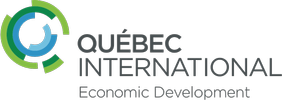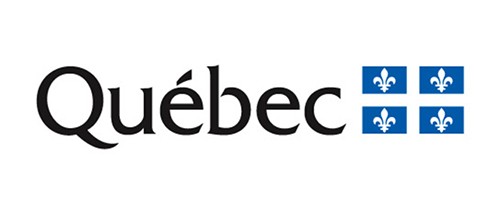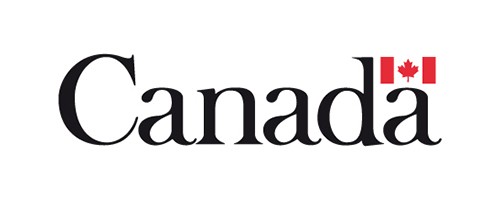Québec City economic statistics
Québec City is a thriving economic hub. Learn more about Québec City’s main economic indicators. You can use this information to evaluate the region’s performance in several areas.
Featured publications
Contact us today!
Reach out to Québec International for any questions you may have and to learn more about this data. Our team will be in contact with you as soon as possible.



